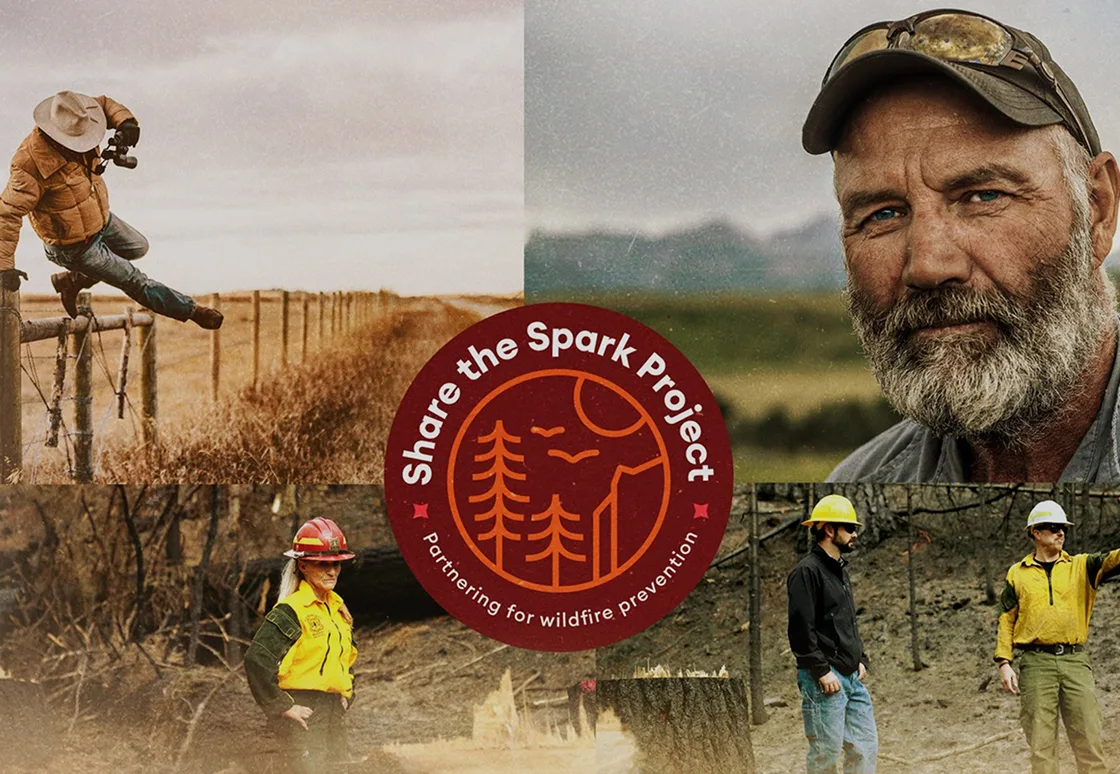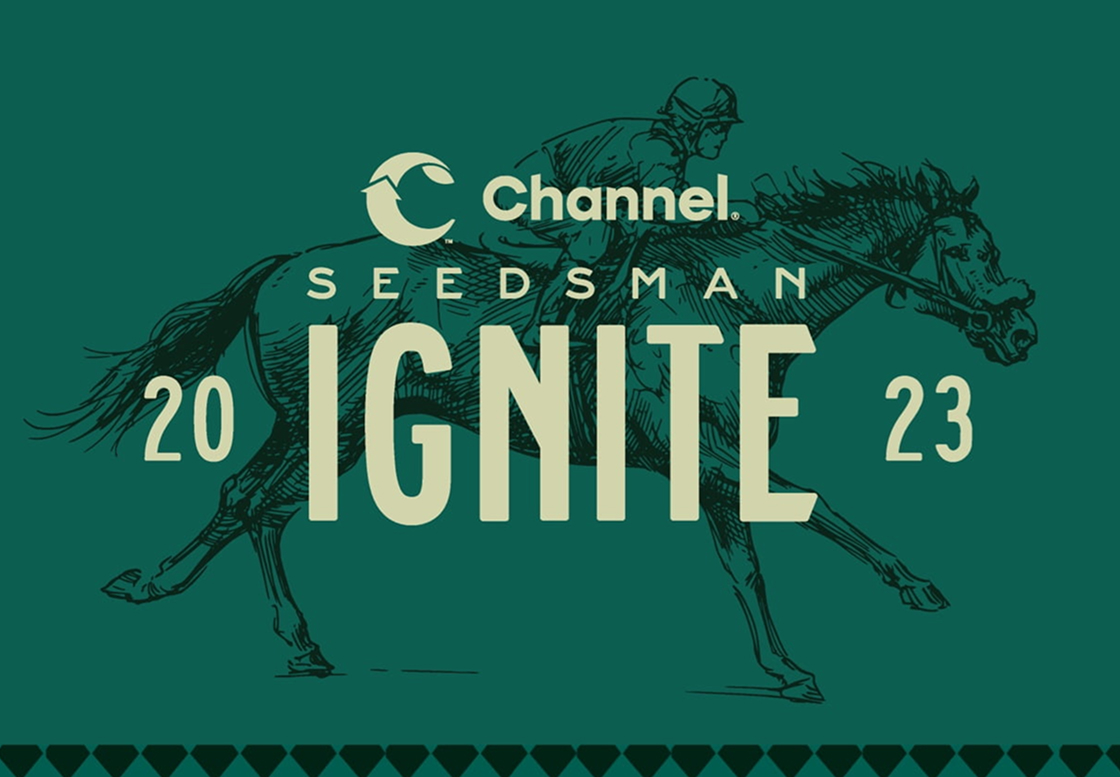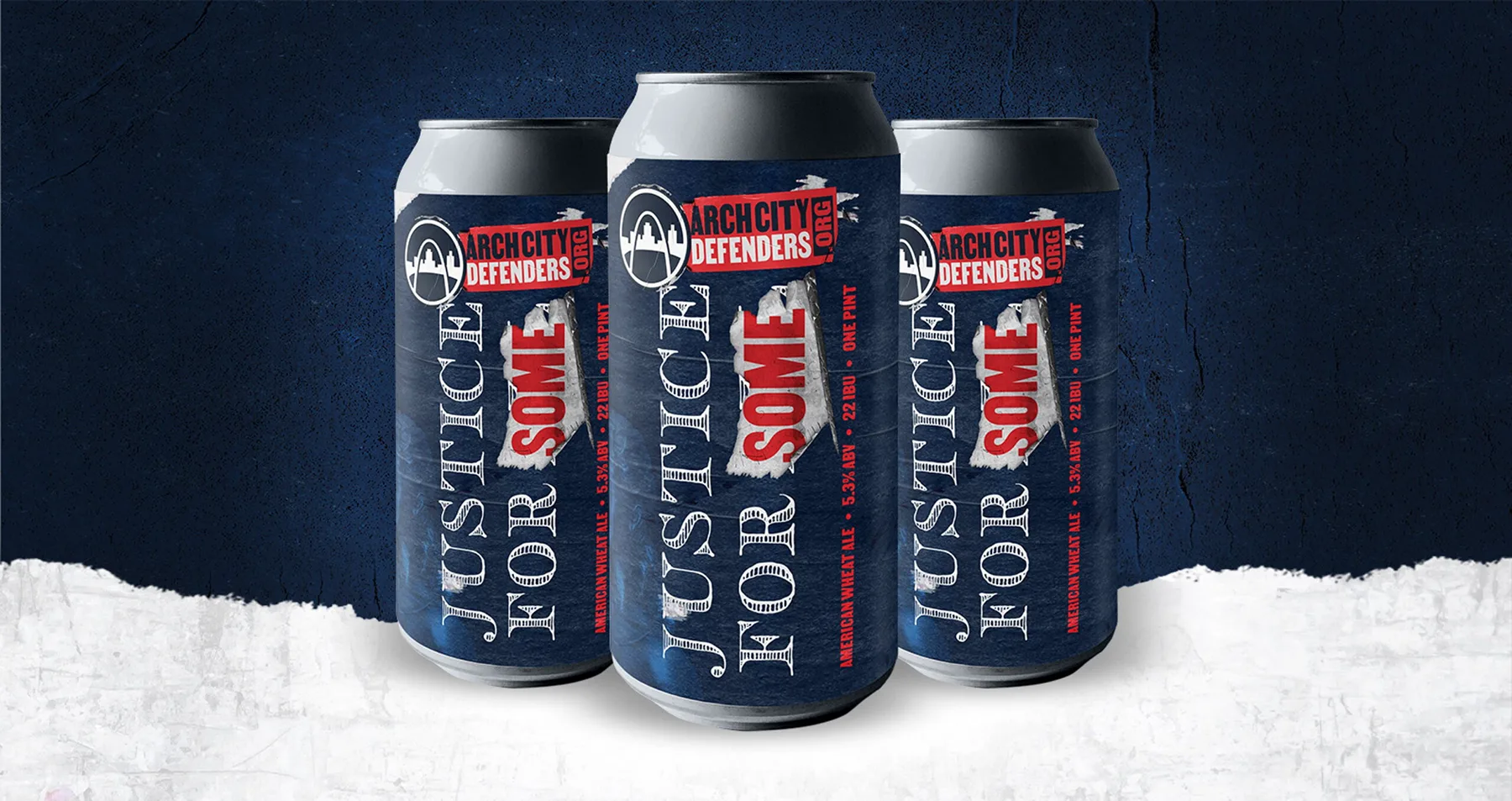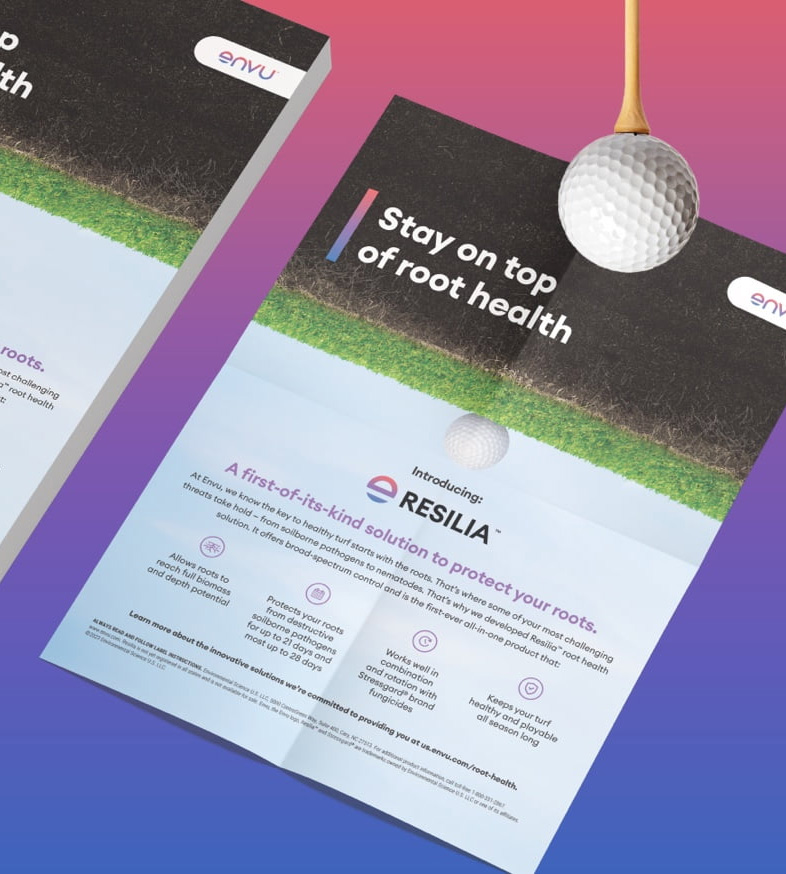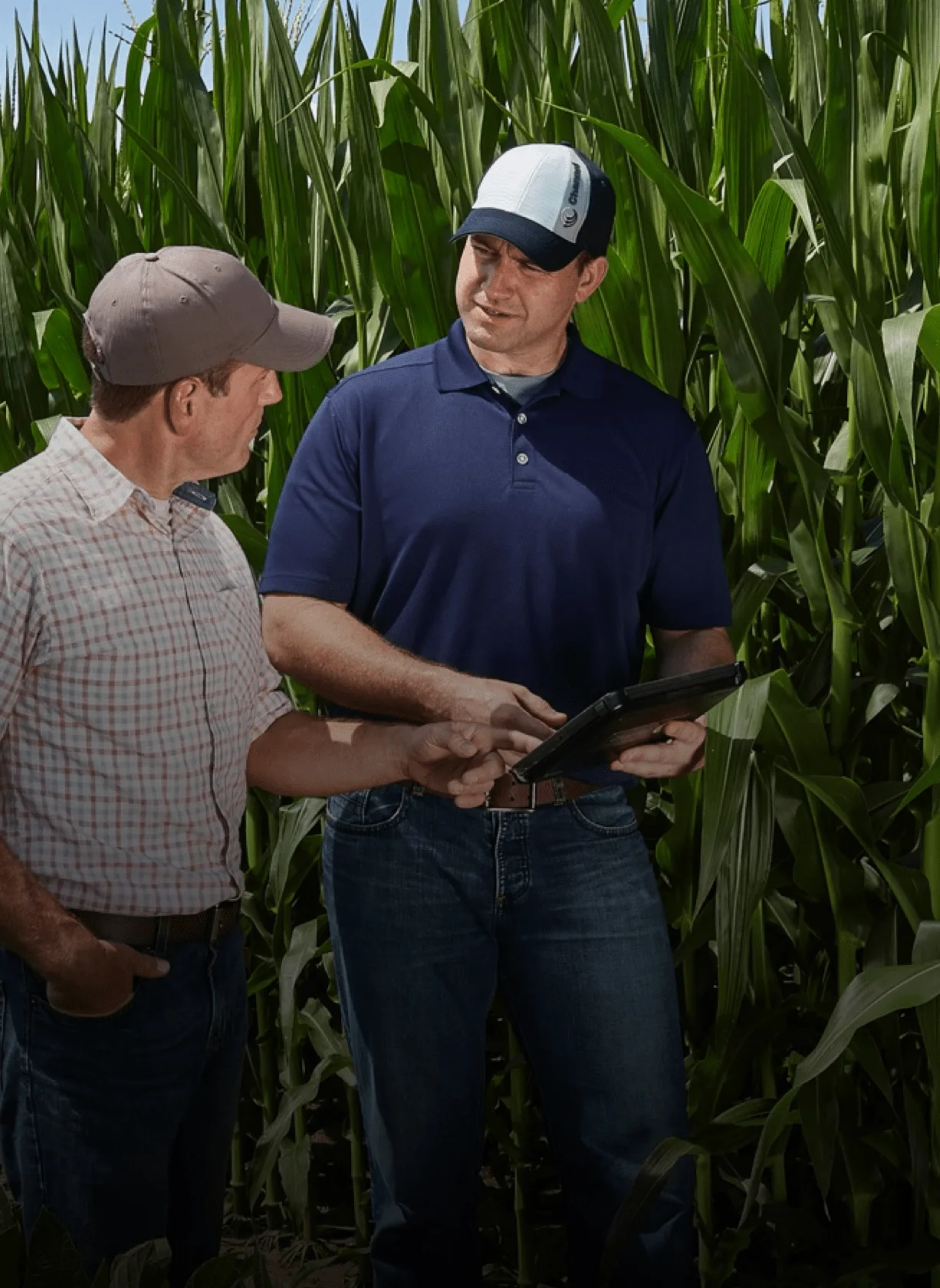In 2025, if you’re active on social media, you’re familiar with influencers. Whether or not you can admit to being influenced before, you’ve at least scrolled past their content or heard of the buzz generated by it. Though they’re not new to the space, influencer presence continues to evolve across platforms as time progresses.
Traditionally, influencers have been associated with celebrity status or viral fame, promoting the latest beauty product, health food or trending gadget with a clickable “shop now” link. But in industries where purchase decisions aren’t made in a matter of minutes, or even weeks, the role of influencers looks very different. Agriculture is one of those industries. Farmers are notoriously discerning, making decisions with high stakes for their livelihood and often over long sales cycles. So why would influencer marketing work here?
Because when done right, influencers in agriculture can build something more valuable than an immediate sale: long-term brand affinity and trust.
1. Authentic voices bridge the gap between brands and farmers
Farmers are natural skeptics. They’ve been pitched to by countless brands and organizations, and they know when they’re being sold to. A brand’s self-promotion isn’t enough to change their minds, it can actually have the opposite effect. In an industry where trust is earned over time, and other farmers are considered one of the most credible sources, authentic peer-to-peer influence is critical.
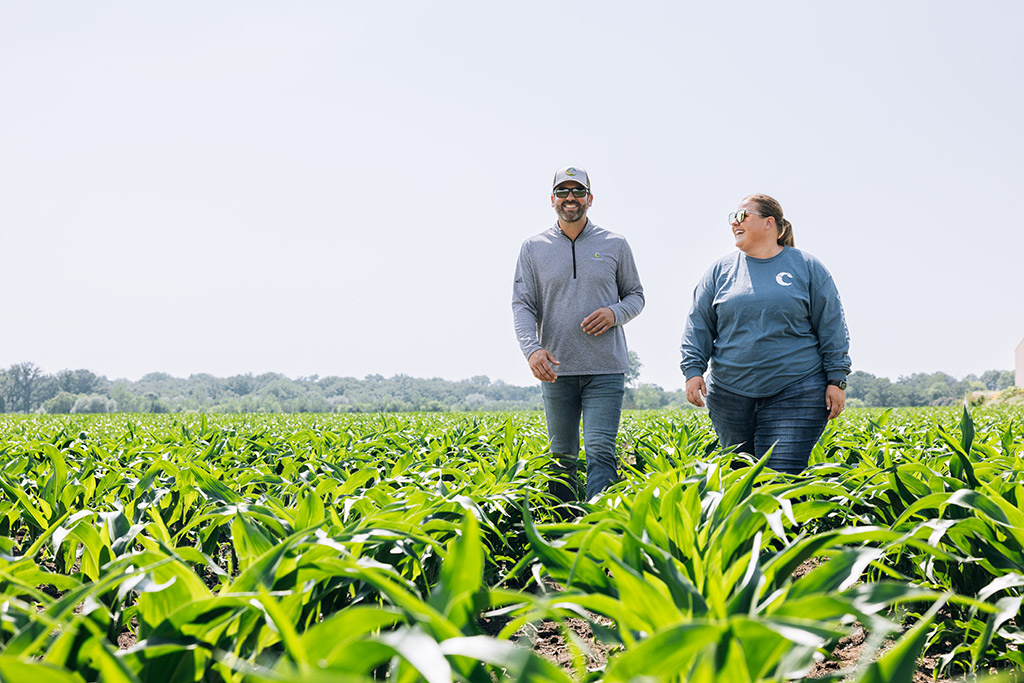
Influencers, especially those who are farmers themselves or deeply embedded in the agricultural community, can speak from experience, show real results, and foster honest conversations. This isn’t about “selling” in the traditional sense; it’s about being part of the conversations farmers are already having, both online and offline.
Think of influencers here as modern-day word of mouth: trusted voices helping to shape perception, plant seeds of loyalty, and build confidence in your brand long before purchase decisions are made.
2. Content creators vs. influencers: knowing the difference matters
Not all influencers are the same, and not all creators are influencers. Content creators excel at producing high-quality visuals, videos and stories, simply as a creative outlet or to support a brand’s owned channels. Influencers create content and actively engage with their audiences, nurturing relationships, sparking conversation and building community.
Both roles have value, but when targeting an industry like agriculture, vetting is non-negotiable. A follower count doesn’t tell the whole story. Bots, purchased followers or low engagement can mask weak influence. That’s why social listening, community monitoring, and a thorough content review are essential to ensure your partner is the right fit for the brand and your target audience. Impactful partnerships are built on a foundation of trust, authenticity, mutual value, and shared goals.
3. Niche influencers deliver engagement and efficiency
In the age of macro and mega influencers, it’s easy to assume bigger is better. But data consistently shows that smaller-scale influencers, nano (1K–10K followers) and micro to mid-level (10K–100K followers), often drive higher engagement rates and build trust more effectively than their large-scale counterparts.
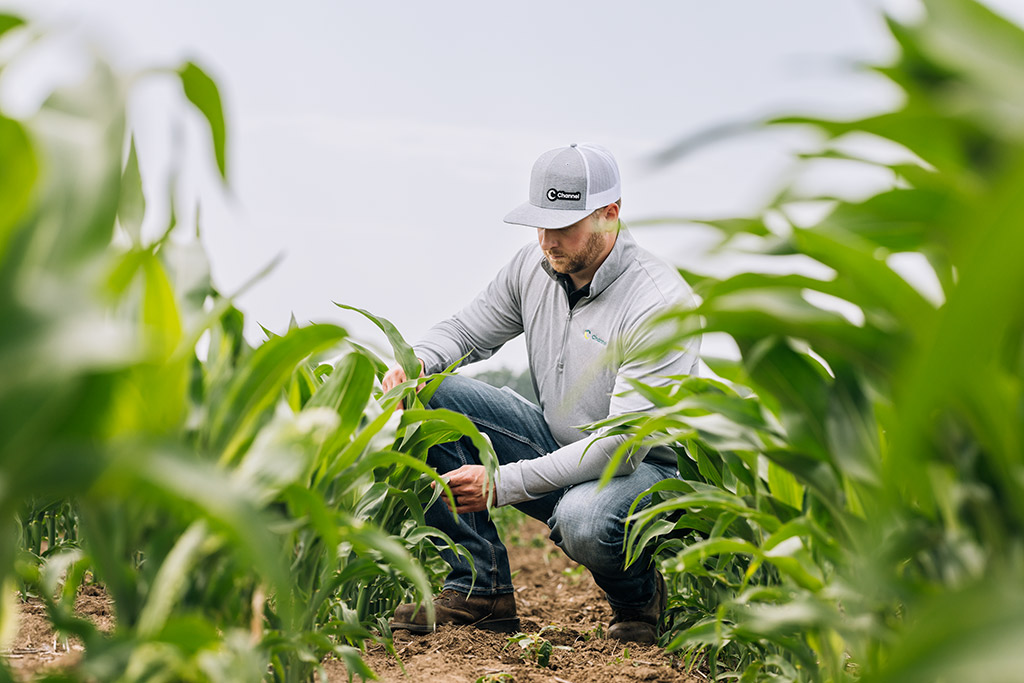
In agriculture, these smaller influencers can be especially powerful. Their audiences are often tight-knit and highly engaged, with a sense of collective credibility. Farmers often see these influencers as peers rather than promoters, making their recommendations feel more like neighborly advice than advertising. This credibility translates into measurable influence over purchase decisions — a critical factor in an industry where seed and input choices are high-stakes investments.
Smaller influencers also allow for hyper-targeting by geography, crop or livestock type, specific farming practices, or even specialized content production, meeting subsets of your target audience exactly where they are. These partnerships can also be more cost-effective, allowing brands to stretch budgets further while still creating authentic, impactful content. But working with niche influencers means more than just efficiency — it’s about aligning with voices that reflect the real conversations happening in rural communities and tapping into these authentic connections.
4. Influencers fit the long-game strategy agriculture requires
Unlike consumer products with a “click-to-buy” moment, agricultural sales cycles can stretch over months or years. This means influencer partnerships need to be seen as part of a sustained effort, not a one-off post.
The payoff is in the compounding effect: consistent exposure to a trusted voice over time shapes perception, builds familiarity, and keeps your brand top of mind when it’s time to buy. A farmer might not switch equipment, seed, or input providers tomorrow, but when they do, they’ll be confident in their decision influenced by the real-world experiences shared by someone they respect.
Keys to Successful Ag Influencer Partnerships:
- Start with shared values – Choose influencers who genuinely believe in your brand and can deliver your message authentically.
- Vet beyond the numbers – Engagement quality, audience relevance, and account history matter more than follower count.
- Play to their strengths – Let influencers do what they do best; don’t micromanage their creative process.
- Think long-term – Build relationships that grow over time to drive awareness, trust, and affinity.
That’s why influencer marketing in agriculture isn’t about quick wins; it’s about building recognition and relationships that endure across seasons. Done well, these partnerships don’t just drive awareness — they become a steady thread in the decision-making process. Skepticism turns into trusted reliability and brand affinity that ultimately drives purchasing decisions and lasting customer relationships.
